How to choose and eat passion fruit in a regular supermarket?
Passion fruit has not been in short supply in our country for a long time, but many still do not know how to choose the right, tasty specimen in the supermarket and what this exotic fruit actually is. How much they are losing!
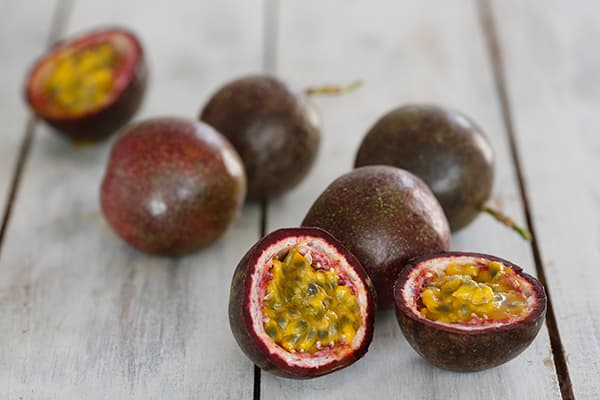
What does passion fruit look like?
Passion fruit is the fruit of tropical vines of the genus Passiflora. The ancient crop is today grown on an industrial scale in Brazil, South America, South Africa, Thailand, Australia and several other countries. It grows exclusively in tropical conditions. Lianas grow in groups and bloom profusely and beautifully before fruiting. The harvest season lasts from January to early May. Locals call passion fruit fruits grapes, and it is not surprising - they are round and slightly elongated, close to an oval in shape. Under the dense peel lies a juicy jelly-like pulp with seeds.
As for the color, size and taste of the fruit, they may vary depending on the variety. Conventionally, they are divided into sour and sweet. At the same time, the fruit always has a tart taste, which is most similar to orange or lemon. But, I must admit, very remotely. The diameter of the passion fruit fruit can be either 40 or 120 mm.
In our country, two varieties of fruit are more common: with orange-yellow peel and with red-violet peel. The taste qualities of dark fruits are valued higher - they are sweeter, but the demand for them is lower due to worse transportability and resistance to diseases.
How to choose passion fruit?
Passion fruit is an exotic fruit, and therefore, when choosing it, it is correct to start from non-standard external characteristics. In this case, everything is exactly the opposite:
- elastic and light fruit – unripe;
- dark and with cracked skin - ripe, ready to eat right away.
Of course, you can purposefully choose light yellow or reddish fruits if you plan to serve them in 2-3 days. Passion fruit has the ability to ripen. Just leave it at room temperature in a well-lit place (for example, on a windowsill).
The second important point that you should pay attention to when buying exotic fruits in a regular supermarket is weight. Ripe passion fruit is always heavier than unripe ones, despite the same size. Fans advise holding a couple of fruits in your hands and only then putting the heaviest ones in the basket. But in this case you cannot rely on the smell - it is almost imperceptible behind the thick peel, which reliably hides the aromatic pulp.
If you suddenly decide to buy passion fruit abroad, you should not be surprised by a completely different name. In some countries it is called “chinola”, in others “edible passionflower”, and in America – “passion fruit”, which means “fruit of passion”.
How to peel passion fruit?
The fruit does not need to be cleaned in any special way. To eat it or use it for cooking, you need to make a longitudinal cut and scoop out the jelly-like pulp with a spoon. It makes up approximately 50% of the fetus.
The rest is inedible peel. Although in some countries they manage to make jam from it by grinding the whole fruit along with pulp and sugar, then bringing it to a boil over low heat.But passion fruit seeds are edible and pleasant to the taste, but in large quantities they have a hypnotic effect. Therefore, sometimes the jelly pulp is separated from them: they use a mixer at the lowest speed, and then pass everything through a sieve.
How they eat?
Passion fruit looks like a finished dessert when cut. At home, this is how they eat it - scooping the pulp out of the peel with a spoon. If desired, it can be sweetened with sugar or honey. There is also a more exotic option - pulp sprinkled with hot chili pepper or a mixture of salt and pepper. It is in this form that people like to eat passion fruit in Thailand and the Philippines.
And, of course, the fruit can be used to prepare a variety of dishes:
- fruit juices;
- mousses,
- cakes;
- yoghurts;
- fruit drinks;
- ice cream;
- jelly.
Dried seeds can be used to decorate baked goods. Famous chefs sometimes add the spicy taste of the pulp to salads. Or you can dry passion fruit and brew delicious aromatic tea with it.
How long is it stored?
The shelf life of passion fruit depends on its degree of ripeness. Slightly unripe fruits with elastic skin can easily lie in a cool room for a week. But most people are interested in the question of how long ripe fruit can be stored. The answer is no longer than 5 days in the refrigerator. Passion fruit with cracks is best eaten within 1-2 days. It can also be frozen. To do this, you need to first peel, put the pulp on a plate and mix with plenty of sugar.
In hot tropical countries, passion fruit is most valued for its ability to quench thirst and its tonic effect on the body. From the Tupi Indian language, which was also very common in Brazil, “mara kuya” meant “food in a bowl.”Indeed, all you have to do is cut the fruit into halves and the invigorating and nutritious dish is ready to be eaten.
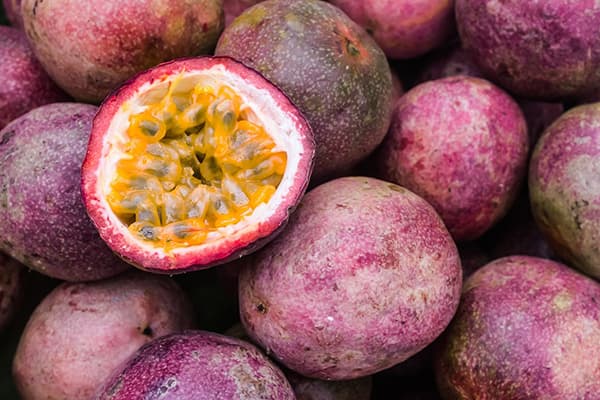
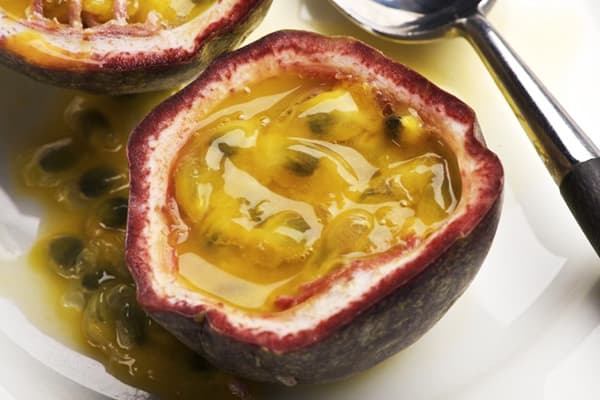
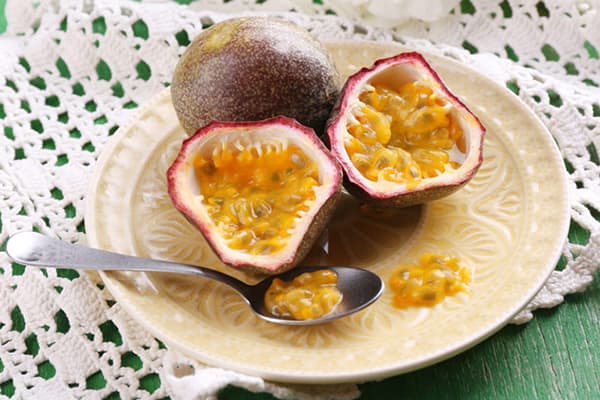
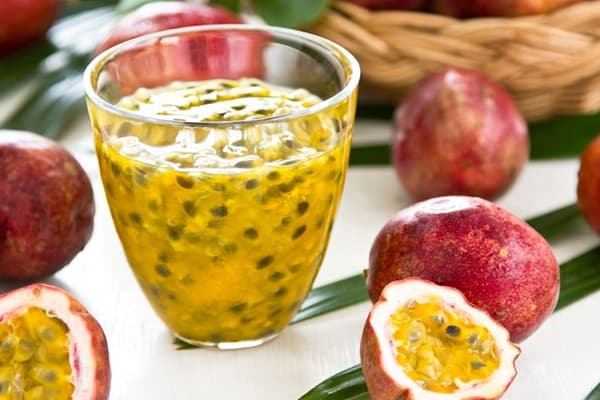
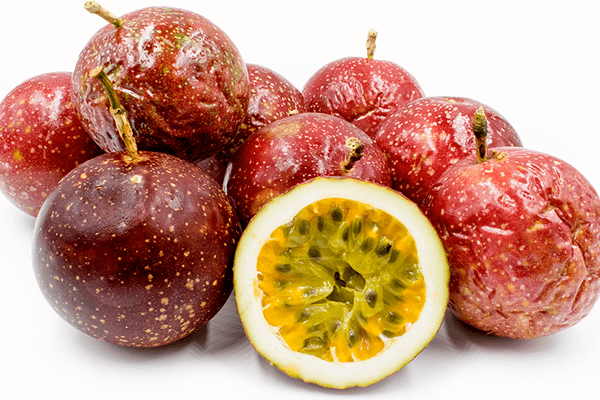
I always chose smooth-skinned passion fruit at the store. But it turns out you have to choose with cracks.